A good, simple wild mushroom chowder recipe is a reader request I finally got around to posting. It comes together in just under an hour, and is a good way to use some fresh or dried wild mushrooms for a solid bowl of comfort food.
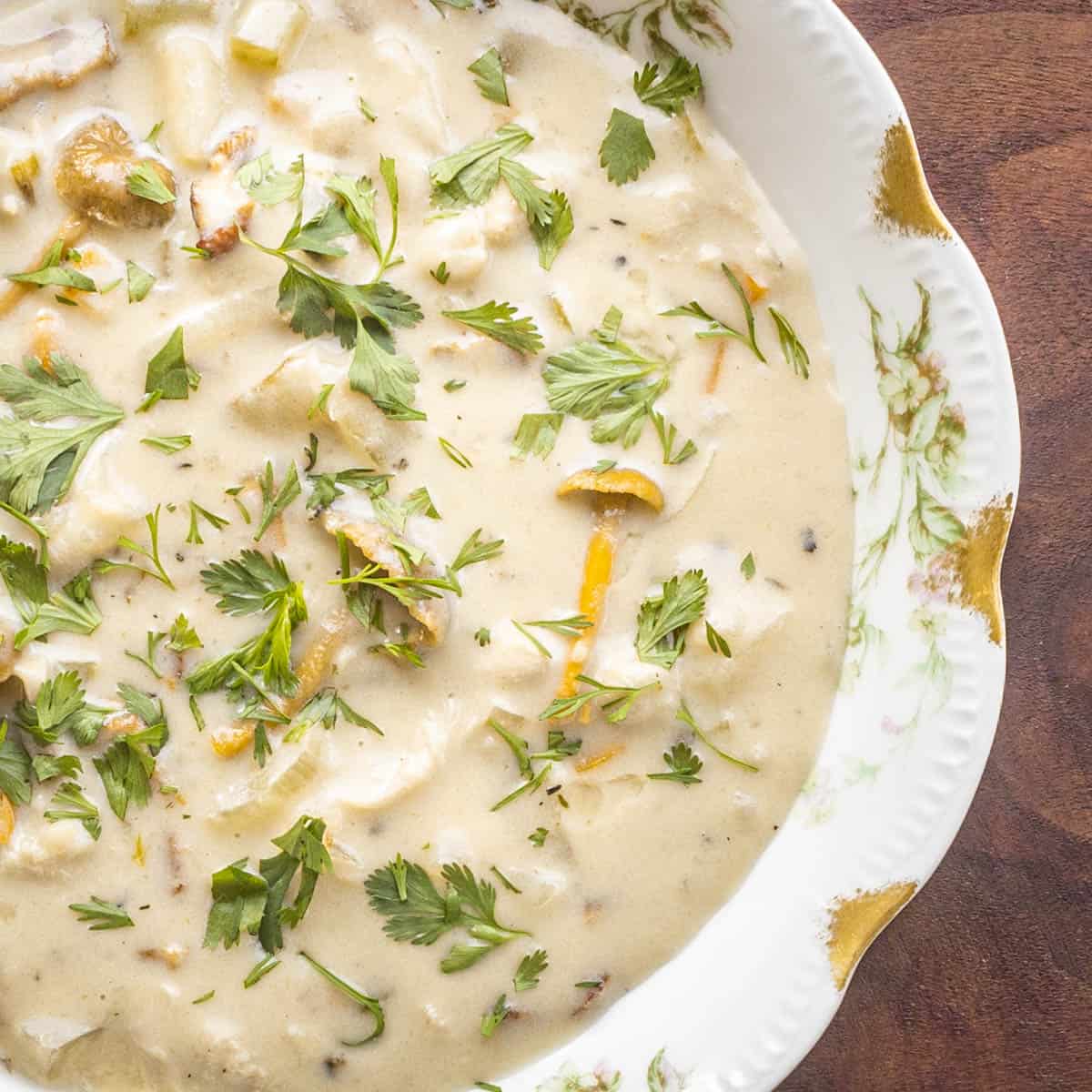
Using light-colored mushrooms
You can make this with just about any mushroom, but there's something really special about with light-colored mushrooms that don't produce a dark juice.
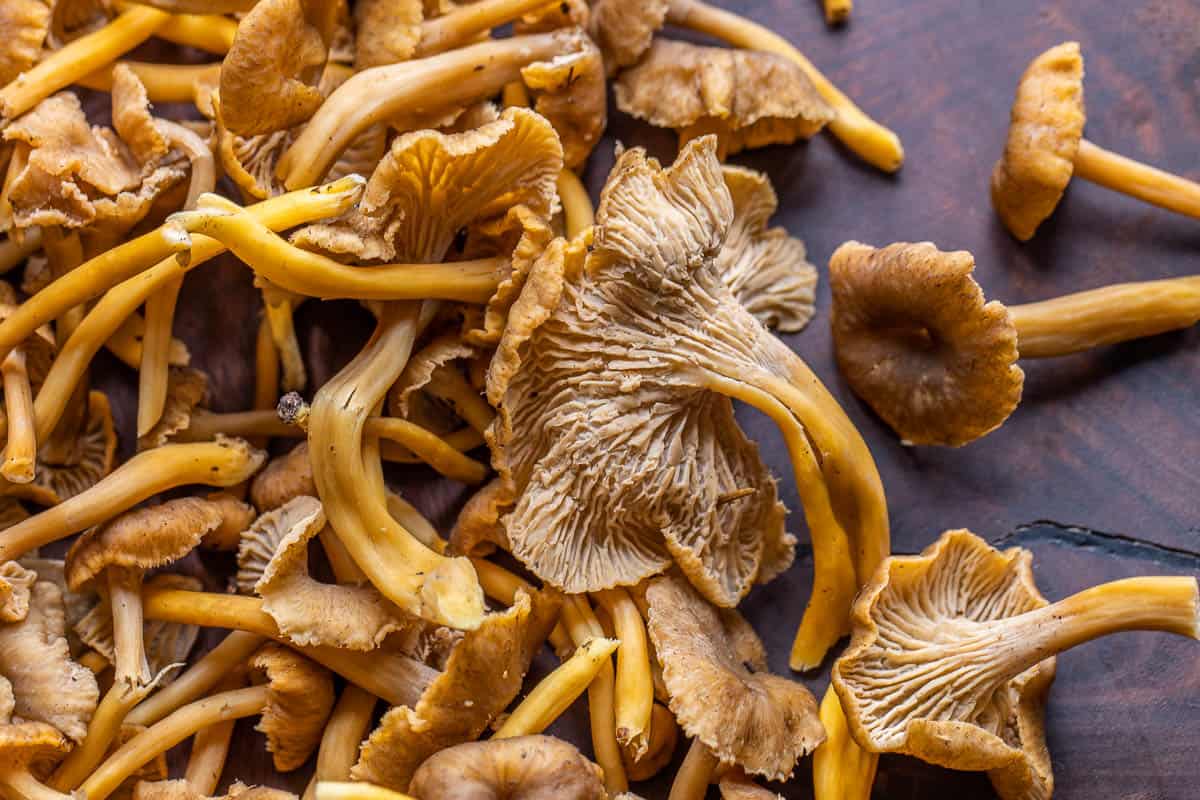
This can highlight the light color of a few particular wild mushrooms. For cultivated mushrooms, king oyster mushrooms work well, as do regular oyster mushrooms. Here's some wild species to consider. I really like it made with young chicken of the woods mushrooms.
Recommended Mushrooms
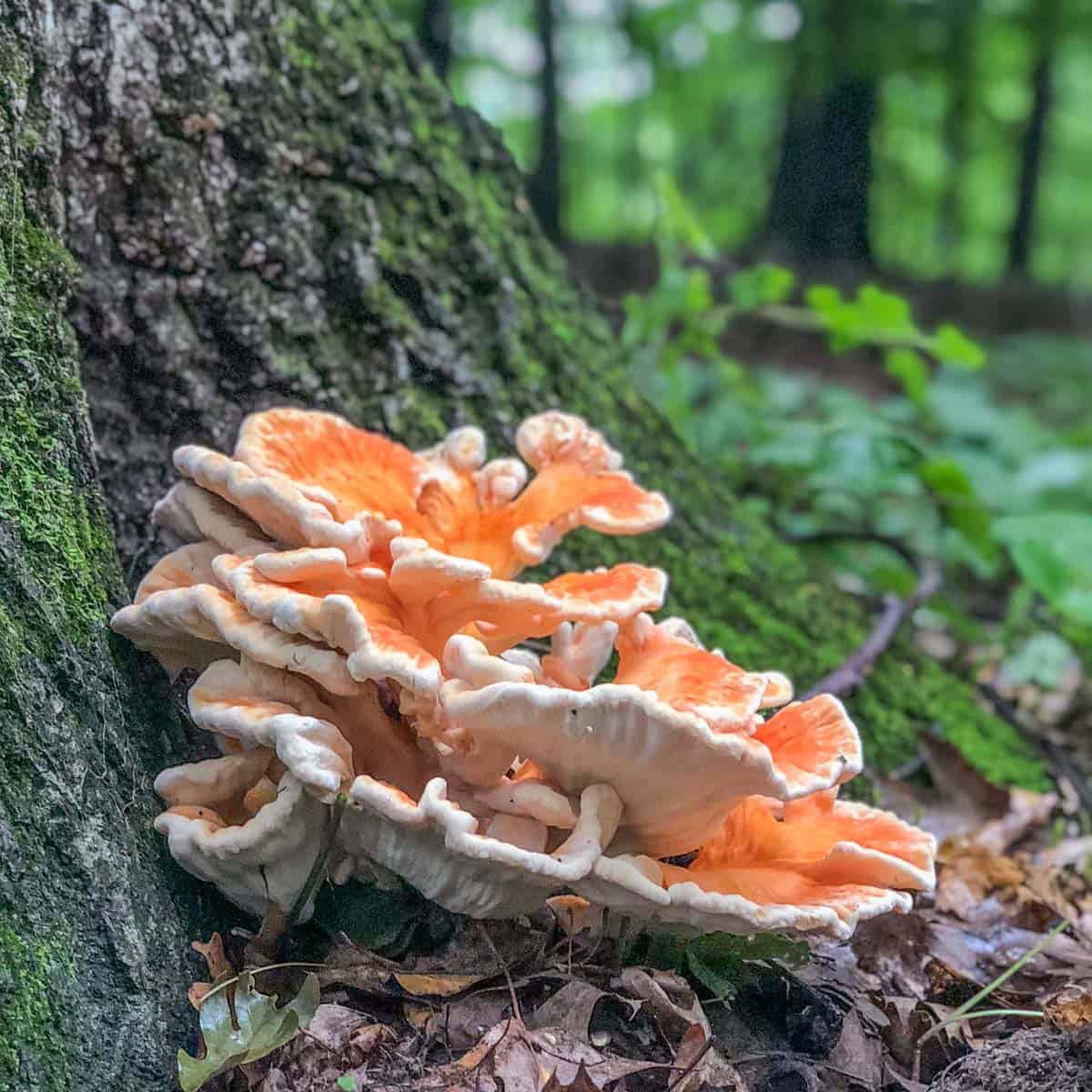
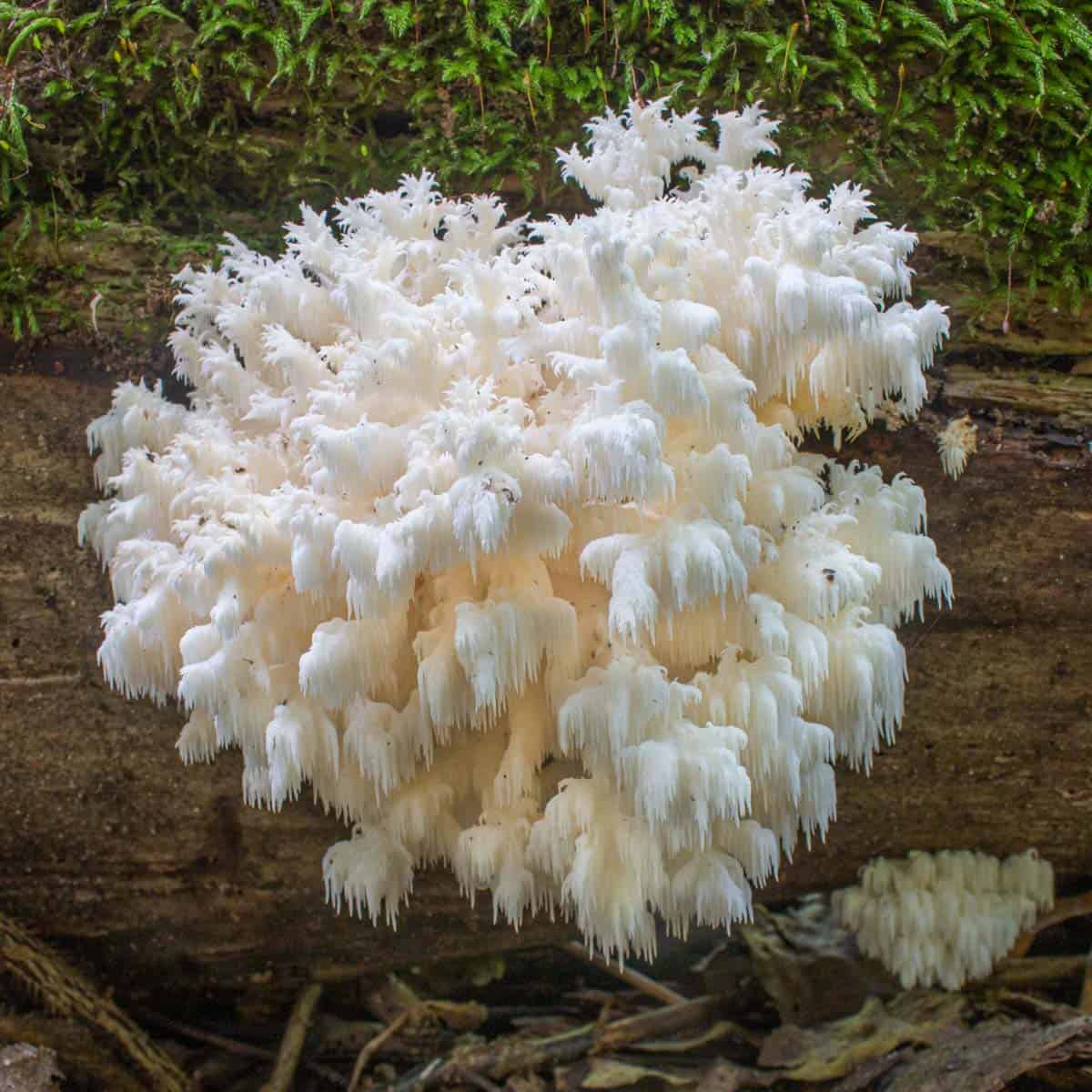
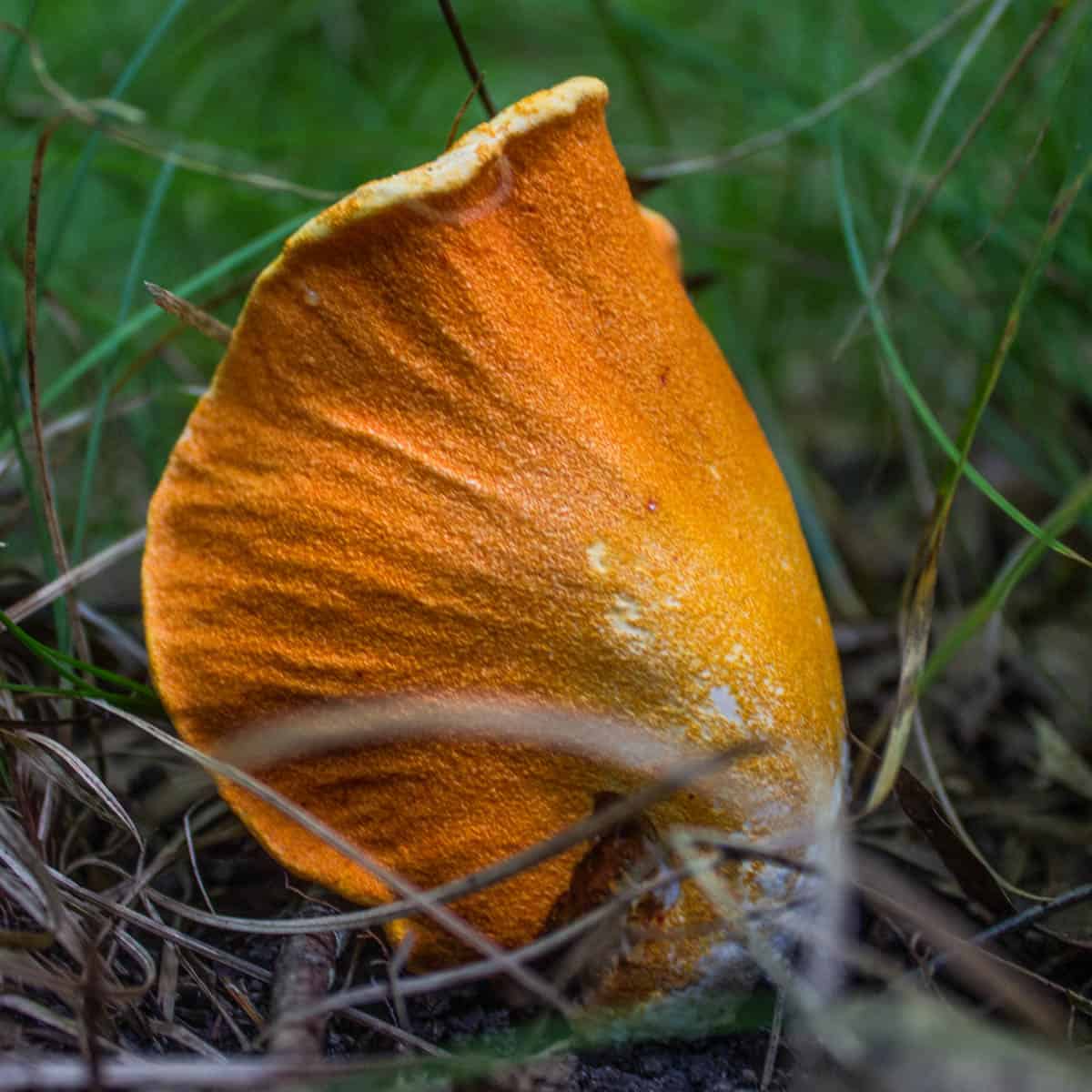
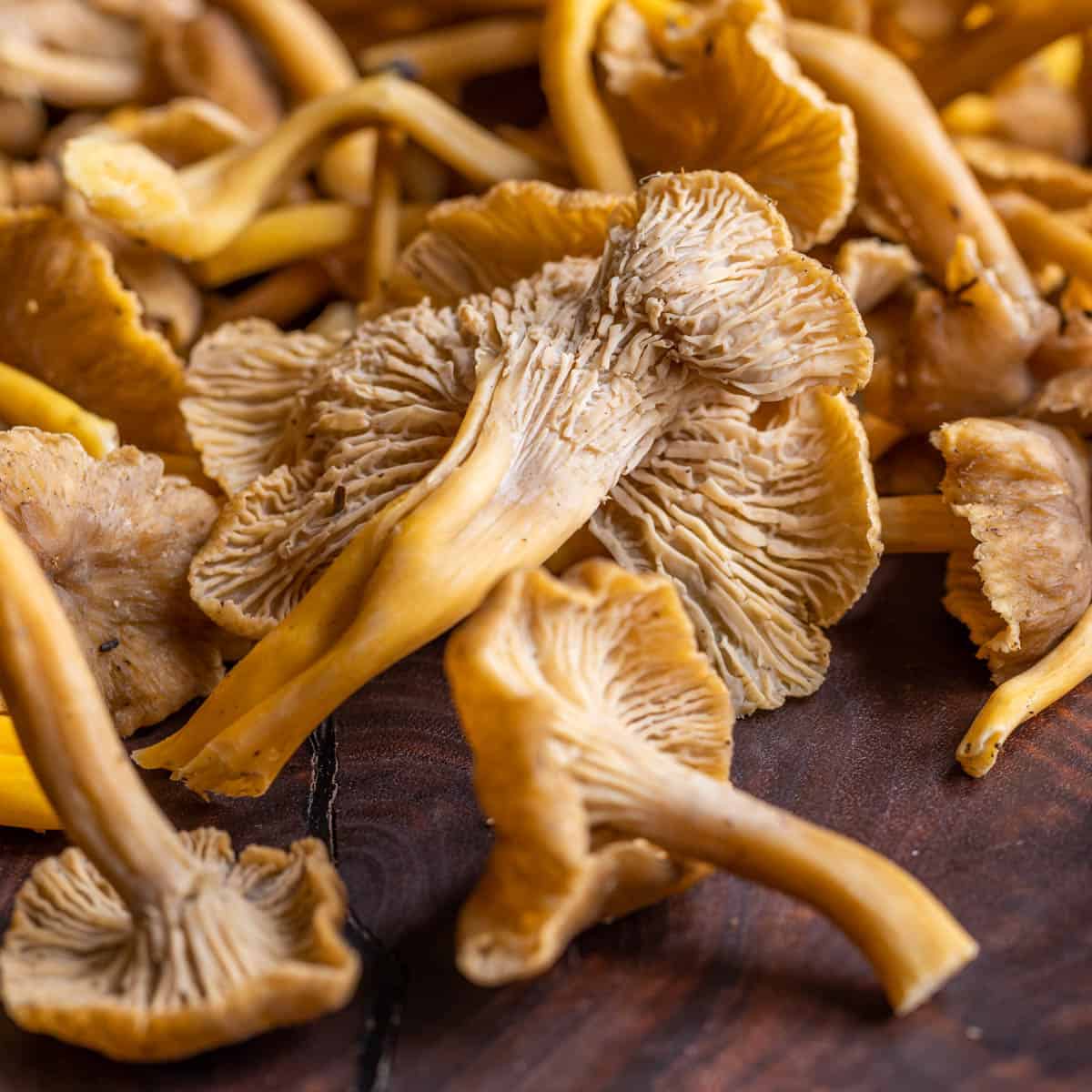
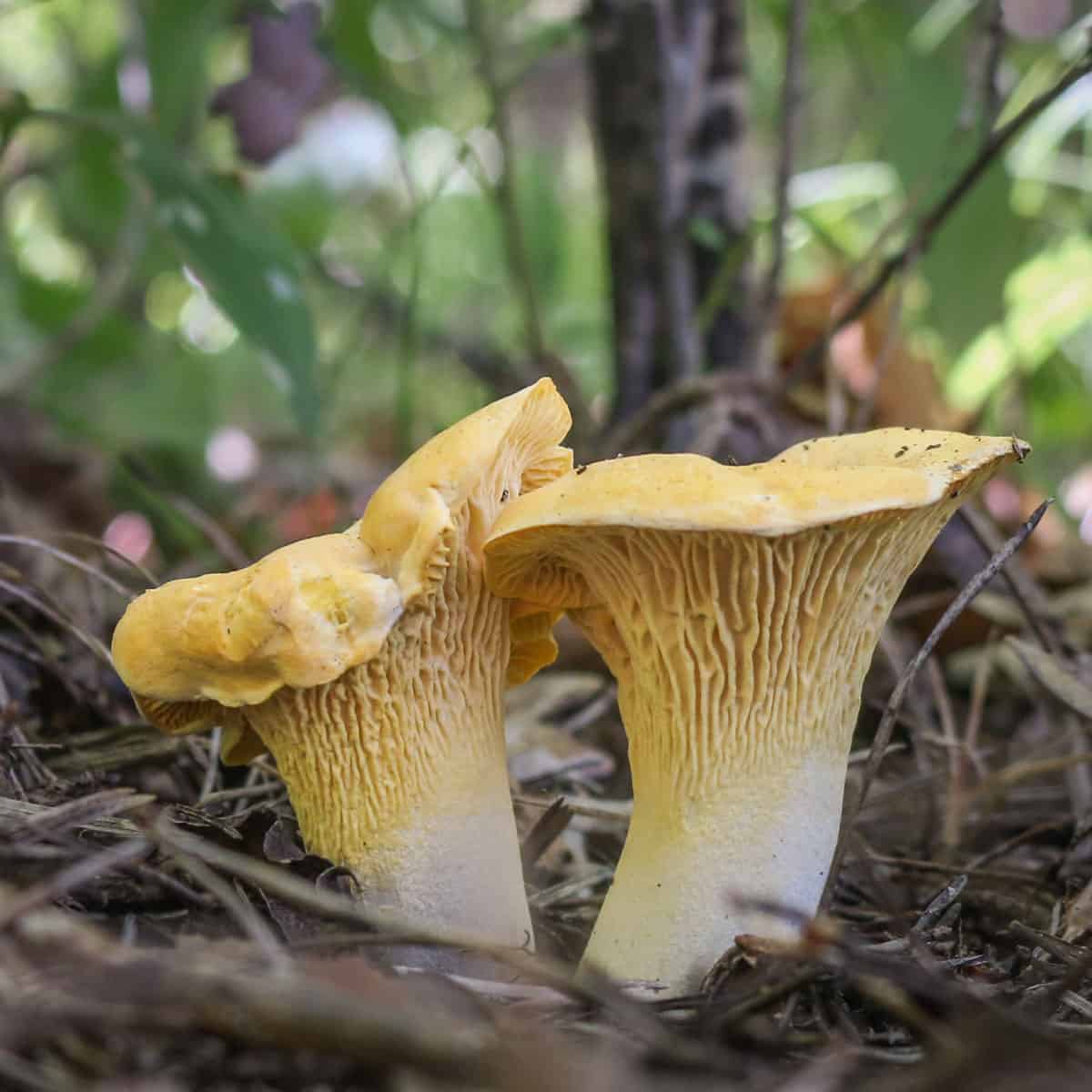
Vegetarian Mushroom Chowder
It's easy to make this vegetarian. Omit the bacon and use ghee and substitute light vegetable stock for chicken stock. If you want to make it vegan, you'll need to use coconut milk for the cream too.
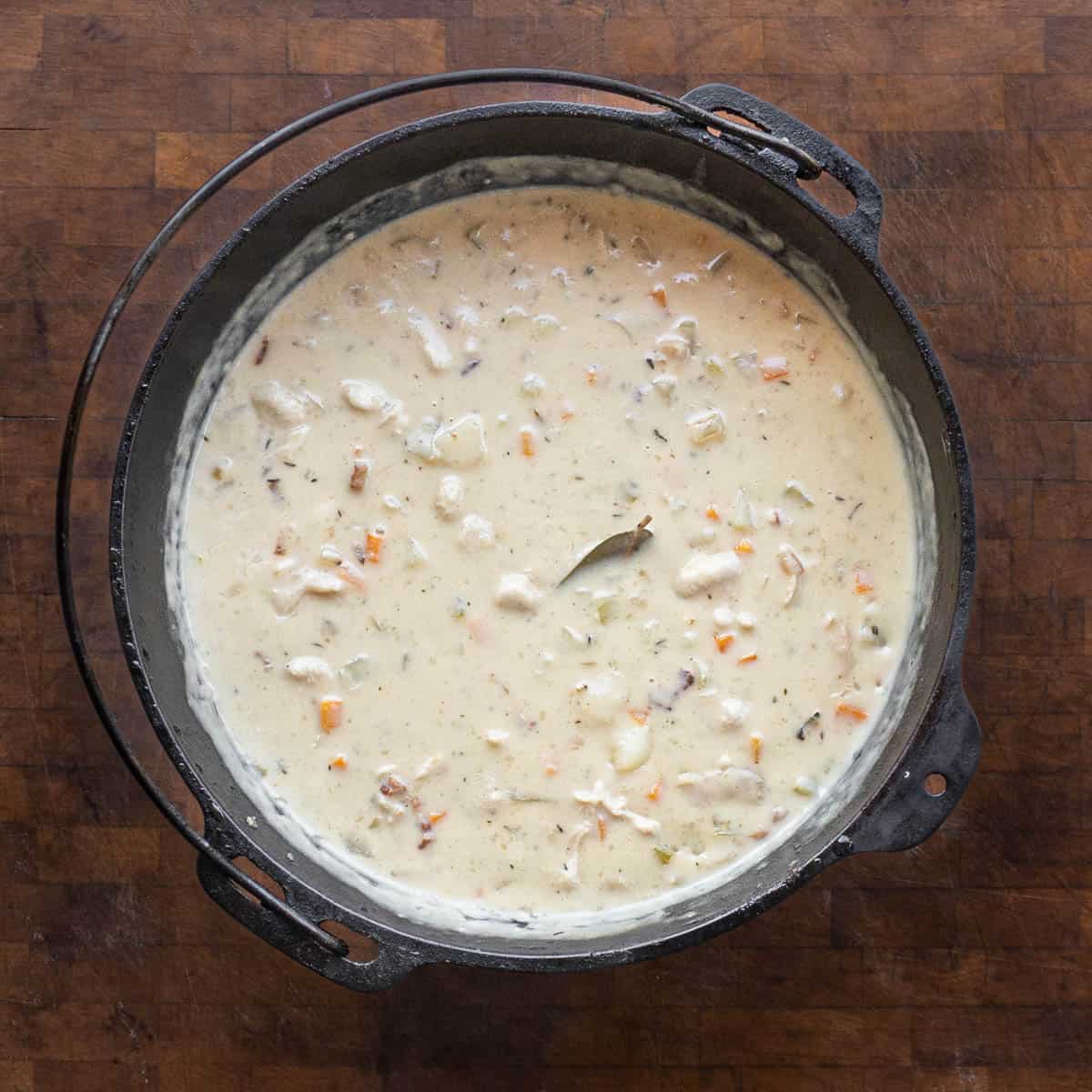

More Wild Mushroom Soups
- Italian Mushroom Soup (Zuppa di Funghi)
- Oyster Mushroom Soup with Soba Noodles
- Winter Chanterelles in Broth with Pasta
Wild Mushroom Chowder with Leeks and Bacon
Equipment
- 1 3 quart soup pot or large Dutch oven
Ingredients
Liaison
- 6 oz bacon optional sliced into ½ inch strips
- ½ cup all purpose flour
Soup
- 12 oz fresh wild or cultivated mushrooms *see note
- 8 oz Yukon gold potatoes diced ½ inch 2 cups
- 1 tablespoon minced garlic
- 4 oz 1 small finely chopped onion
- 4 oz 1 rib celery trimmed and diced ½ inch
- 3 oz 1 small leek
- ½ cup dry white wine
- 1 teaspoon dried thyme
- 2 dried bay leaves
- 2 tablespoons unsalted butter
- 5 cups light colored chicken or vegetable stock
- 1 cup heavy cream
- 2 Tablespoons crumbled dried mushrooms such as porcini (optional-*see note below)
- Kosher salt and fresh ground black pepper
For serving
- Fresh chopped herbs especially chives dill, or tarragon
- Wedges of fresh lemon
- oyster crackers optional
Instructions
- Soak dried mushrooms if using in the stock for 20 minutes. Remove the mushrooms and chop fine. Strain the stock, leaving any dirt at the bottom and reserve, adding the chopped mushrooms.
- In the soup pot, turn the heat to medium high and fry the bacon.
- Drain off the bacon fat into a small mixing bowl and reserve. Cool the for a few minutes, then stir in the flour, it should make a loose paste.
- Add the butter, leeks and celery, along with the onion and garlic to the pot and cook for 3 minutes. If using fresh mushrooms, push everything to the side of the pan and add them now, cooking until wilted, stirring occasionally.
- Add the wine and reduce by half. Add the stock, potatoes, salt and pepper, bacon, soaked mushrooms, thyme and bay leaf, cover, bring to a boil, turn the heat to low and cook for 15 minutes, or until the potatoes are tender.
- Scrape the flour paste into the soup, whisk briskly, and simmer until thickened and you can see the flour has activated. Keep an eye on the bottom of the pot and make sure it doesn't stick.
- Add the cream to the chowder, mix to combine and heat through. Do not boil it.
- Finally, double check the seasoning one last time, adjust as needed until it tastes good to you, and serve, garnished with the herbs and lemon wedges on the side.
Notes
- 1 oz of dried mushrooms can be substituted for fresh mushrooms, or use a combination.
- For a more filling chowder, add chopped, cooked chicken. Start with a handful or ~ ½ cup chopped chicken.

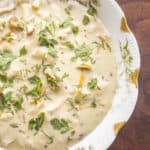
Brooke Lauren Elizabeth
Made it for dinner tonight because my mom dropped off a ton of mushrooms and I had no idea what to make! I also fried up the light green parts of my leeks in the bacon fat before turning it into a paste and used those as a topper at the end.
Eating it right now! Just wanted to say thank you, I love your website!
Alan Bergo
Hey Thanks Brooke. I love this one.
Robert (Bob) Kolasa
Alan, are the 2 TBS crumbled dried mushrooms meant to be a garnish at the end?
I have some dried cordyceps, pale rust orange color, that’d make a lovely garnish. Came in a gift box assortment of other dried mushrooms this Holiday at Costco-(yes, imported from China). Who knew?
Alan Bergo
Hi Bob. They're added at the beginning. It's optional.
Keith
Awesome recipe!……I like that you give the weight along with qty it makes a big difference on some ingredients. One thing I’ll add next time is red pepper flakes.
Steve Sakai
I made this last night with a whole lot of winter chanterelles I picked a few days ago.
Turned out great. I like the idea of saving the bacon fat to make a roux.
Will try this with other mushrooms next season. Hopefully I'll be able to get out and pick some more tomorrow before the snow arrives.
Alan Bergo
Hey Steve that's great to hear. Thanks.
Todd Holmberg
This mushroom chowder was amazing! I definitely will use this recipe again if I can find another chicken of the woods next year.
I made a huge batch and froze about 10-12 quart jars. The flavor of the reheated jars were still great, but the texture changed a little bit as a result of the freezing/reheating process. The slightly different texture didn't really bother me too much, but I will be interested to check back on this post next year and see if anyone has any thoughts about the issue (maybe don't add the cream to the jars you are going to freeze?...).
Alan- thanks for posting this recipe! It makes foraging so much more interesting/exciting when you know of recipes that you love that use the mushrooms that you find.
Alan Bergo
Hey thanks Todd. Glad it worked for you. So, what happened there is that the freezing breaks the emulsion of the cream that's bound with the roux. What you would want to do in the future is do everything except add the roux and cream. Thaw the chowder, thicken it with the roux, then add the cream and it'll be just like fresh. Hope that helps.
serene
Thanks Alan! I didn't have leeks, celery or bacon, but have a lot of dehydrated bear's tooth mushroom I wanted to use up. So I used your info here to do a sort of "cream of mushroom" style dish over ground elk patties. I didn't nail it, but was definitely inspired by your work.
Alan Bergo
Experimenting can be half the fun sometimes.
Dave Hedlund
Wow! Allen - I like all the recipes of yours that I have tried, but this one was especially excellent! I found 3 lbs of very clean hericium coralloides this afternoon, and I made a 1.5x recipe of this chowder using about 1/2 of it. It was amazing!!
I’ll be using the other half of the coral tooth mushrooms tomorrow evening to make your “crab” cakes. Looking forward to that as well as trying the chowder recipe with different mushrooms. Thanks!
Alan Bergo
Thanks Dave, and it's ALAN.
Dave Hedlund
Sorry! I know that and thought that’s what I typed. I’m going to blame it on autocorrect.
Susanne
Another all time favorite. So much flavor.
Alan Bergo
Hey thanks Susanne.
Jon
One of the best chowders I've had. Whole family loved it. We used some dried oysters and some fresh Winter chants. Thanks!
Margaret
This sounds delicious😋❣️ I want to try it❣️ In Hannaford’s in Maine I was pleased to find fresh cultivated “wild mushrooms”, grown in Maine. They were excellent & you’ve given me a reason to buy more❣️ Thank you❣️
Alan Bergo
Thanks Margaret, I'm here if you have any questions.
Michael Godin
Do you think dried lobsters would work here?
Alan Bergo
Yes. I would add some other mushrooms too for variety.
Michael Godin
Absolutely.
Thanks very much.
Jay Zatkovich
Just found a noce Hen and planning to make a triple batch. Can you sub mushroom broth? I have some from a Meripilus sumstinei. It's dark though. I do have some fresh veg broth I just made up too - maybe 1/2 and 1/2?
Also - think you would freeze this to preserve? Yhe cream has me saying no.
Jon
Holy crap that's good! The "holy crap" is even from my kids (11, 8 and 5).
Alan Bergo
I approve this family dinner.
Victoria
Used amanita cesarea and powdered porcini- turned out delicious! Thank you for the inspiring content and great recipes!
Alan Bergo
Thanks Victoria.
Elisia
This recipe is amazing, I used chanterelles and subbed some seasoned shredded chicken for half the bacon to make it a bit healthier - such a great celebration of the fall flavors we have here in the pnw!
Alan Bergo
Glad it worked for you!